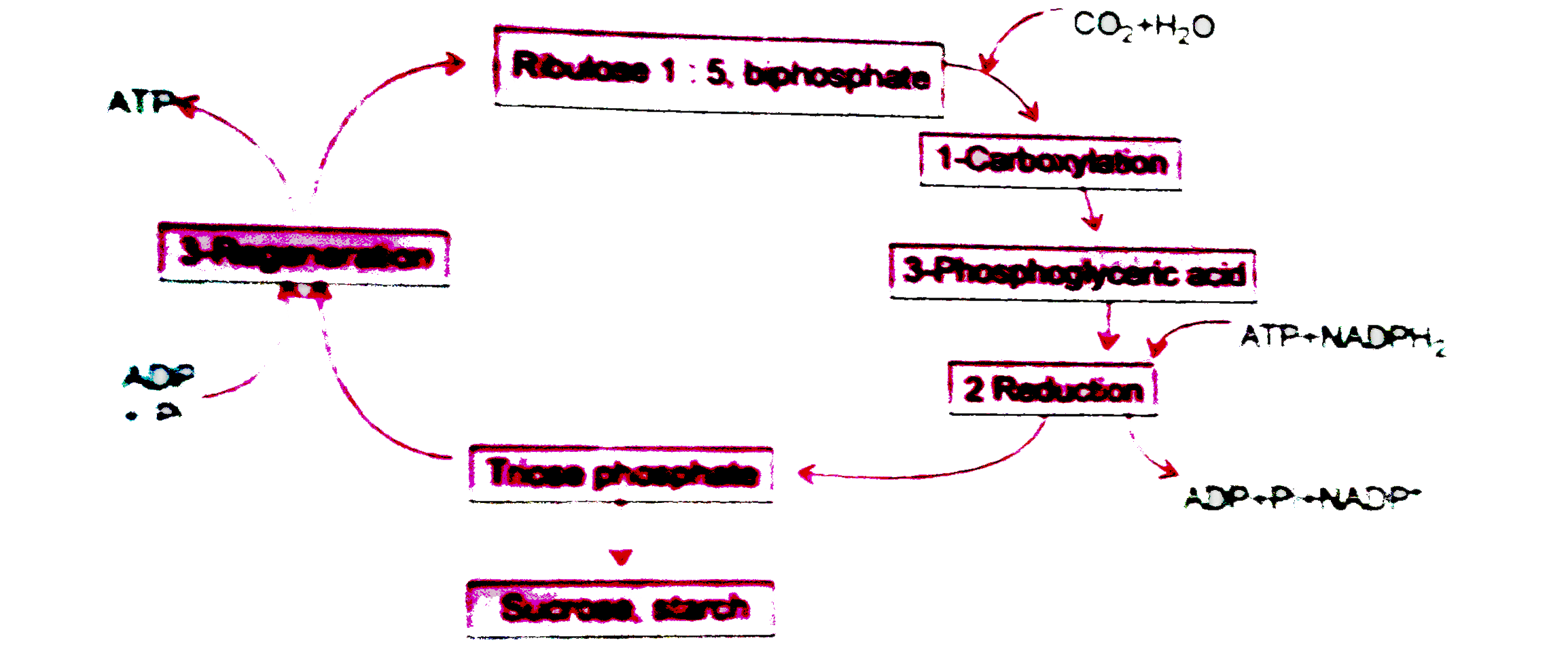The population of an insect species shows and explosive increase in numbers during rainy season followed by its disappearance at the end of the season. What does this show ?
the food plants mature and die at the end of the rainy season
its population growth curve is of J-type
the populuation of its predators increases enormously
S-shaped or sigmond growth of this insect.
The correct Answer is:B
To analyze the explosive increase in the population of an insect species during the rainy season followed by its disappearance at the end of the season, we can break down the explanation into several steps:
1. Observation of Population Dynamics:
- The insect population increases significantly during the rainy season and decreases drastically after the season ends.
2. Factors Influencing Population Growth:
- During the rainy season, there is an abundance of resources such as food (crops) and water. The favorable environmental conditions support the growth and reproduction of the insect species.
3. Post-Rainy Season Conditions:
- After the rainy season, the availability of food and water decreases as crops mature and die, leading to a scarcity of resources for the insects.
4. Resulting Population Decline:
- The lack of food and water results in a sharp decline in the insect population, as they cannot sustain their numbers without adequate resources.
5. Graphical Representation:
- The population growth can be represented graphically. The graph will show a J-shaped curve, indicating a rapid increase in population followed by a sharp decline.
6. Conclusion:
- The pattern observed indicates that the population growth curve of the insect species is J-shaped, which is characteristic of populations that experience rapid growth followed by a sudden decrease due to environmental constraints.
Final Answer:
The explosive increase in the population of the insect species during the rainy season followed by its disappearance at the end of the season shows that its population growth curve is J-shaped.
---
- The insect population increases significantly during the rainy season and decreases drastically after the season ends.
- During the rainy season, there is an abundance of resources such as food (crops) and water. The favorable environmental conditions support the growth and reproduction of the insect species.
- After the rainy season, the availability of food and water decreases as crops mature and die, leading to a scarcity of resources for the insects.
- The lack of food and water results in a sharp decline in the insect population, as they cannot sustain their numbers without adequate resources.
- The population growth can be represented graphically. The graph will show a J-shaped curve, indicating a rapid increase in population followed by a sharp decline.
- The pattern observed indicates that the population growth curve of the insect species is J-shaped, which is characteristic of populations that experience rapid growth followed by a sudden decrease due to environmental constraints.
The explosive increase in the population of the insect species during the rainy season followed by its disappearance at the end of the season shows that its population growth curve is J-shaped.
Topper's Solved these Questions
- NEURAL CONTROL AND COORDINATIONBook:TRUEMEN BIOLOGY ENGLISHChapter:NEURAL CONTROL AND COORDINATIONExercise:MCQ
Explore 246 Videos
- PLANT GROWTH AND DEVELOPMENT AND PLANT MOVEMENTS Book:TRUEMEN BIOLOGY ENGLISHChapter:PLANT GROWTH AND DEVELOPMENT AND PLANT MOVEMENTS Exercise:MULTIPLE CHOICE QUESTIONS
Explore 158 Videos
Similar Questions
Knowledge Check
Population of an insect species increases explosively during rainy season. It disappears at the end of the season due to
ADeath of food plants at the end of rainy seasonBJ-shaped growth curveCIncrease in predator populationDS-shaped growth curveStatement 1: It becomes difficult to open and shut the wooden doors and windows during rainy season.
Statement 2: Wooden doors and windows imbibe water in rainy season and thus their volume is increased.ABoth statements 1 and 2 are correct.BStatement 1is correct but statement 2 is incorrect.CStatement 1 is incorrect but statement2 is correct.DBoth statements 1 and 2 are incorrect.Assertion: Lemmings of Tundra follow population fluctuations.
Reason: These show sudden increase in population in shorl time followed by population crash.AIf both Assertion and Reason are true and the Reason is the correct explanation of the Assertion.BIf both Assertion and Reason are true and the Reason is not the correct explanation of the Assertion.CIf Assertion is true but the Reason is falseDIf both Assertion and Reason are false.
The population of a town decreased by 12% during 1998 and then increased by 8% during 1999. Find the population of the town, at the beginning of 1998, if at the end of 1999 its population was 2,85,120.
View SolutionThe population of a town was 59000. In one year it was increased by 4536 due to new births. However, 9218 persons died or left the town during the year. What was the population at the end of the year.
View SolutionWhat does the following diagram show

View SolutionGive reasons for the following
Table salt absorbs moisture during the rainy season.
View SolutionThe population of a certain city was 72000 on the last day of the year 1998. During next year it increased by 7% but due to an epidemic it decreased by 10% in the following year. What was its population at the end of the year 2000?
View Solution
